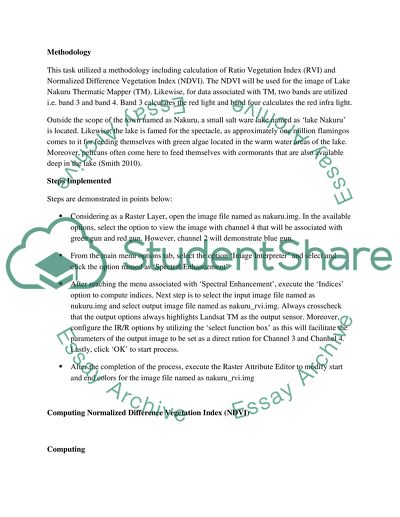Cite this document
(“Remote Sensing and Image Processing Essay Example | Topics and Well Written Essays - 2000 words”, n.d.)
Retrieved from https://studentshare.org/english/1430532-re-write
Retrieved from https://studentshare.org/english/1430532-re-write
(Remote Sensing and Image Processing Essay Example | Topics and Well Written Essays - 2000 Words)
https://studentshare.org/english/1430532-re-write.
https://studentshare.org/english/1430532-re-write.
“Remote Sensing and Image Processing Essay Example | Topics and Well Written Essays - 2000 Words”, n.d. https://studentshare.org/english/1430532-re-write.


